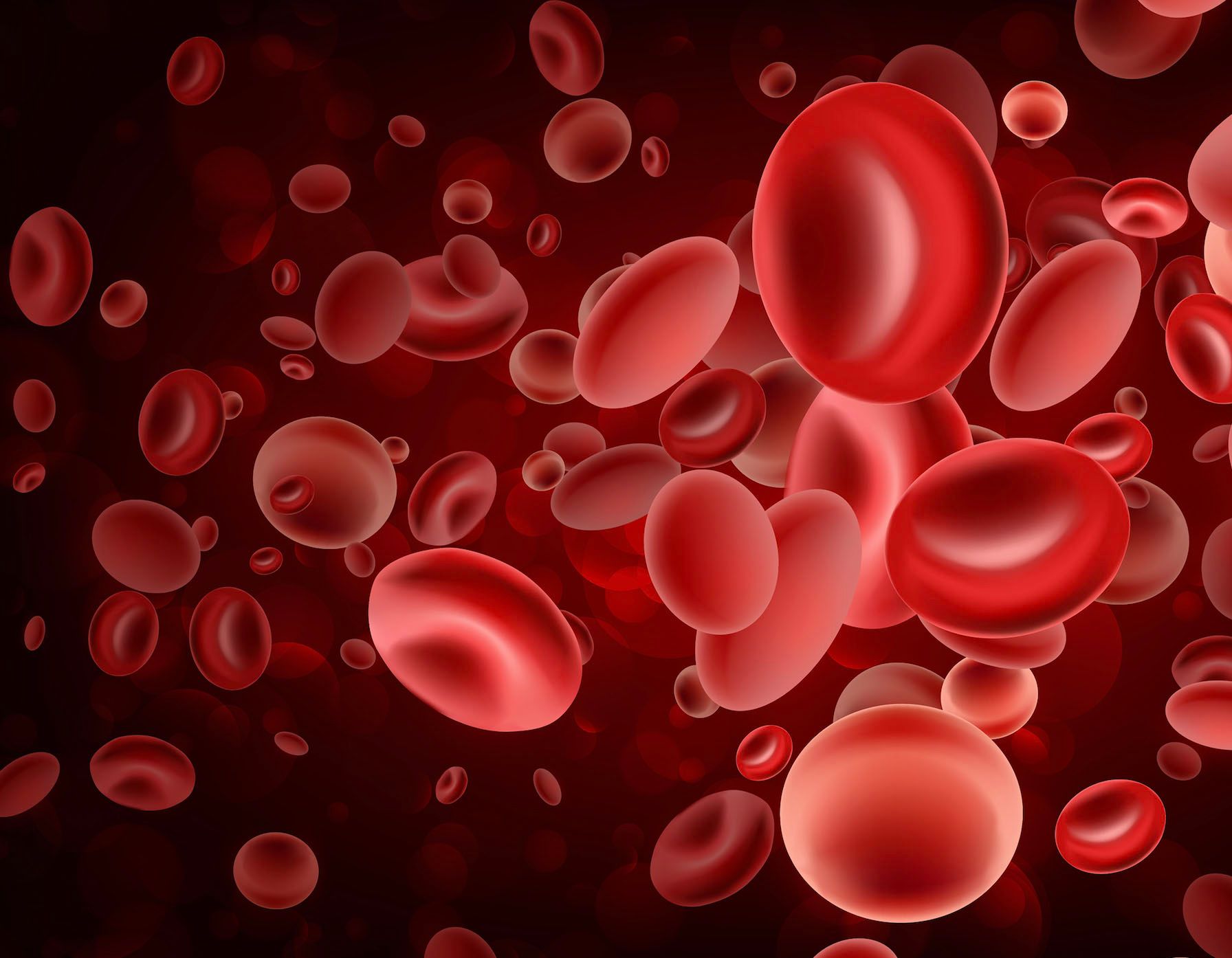Close to 90% of Patients With Myeloma Achieve Response with RVD Induction
High response rates were observed in patients with newly diagnosed multiple myeloma with induction treatment of bortezomib and lenalidomide plus dexamethasone after autologous stem cell transplant.

Bortezomib (Velcade), lenalidomide (Revlimid), and dexamethasone (RVD) induction therapy induced high response rates in almost 90% of patients with newly diagnosed multiple myeloma after autologous stem cell transplant (ASCT) and risk-adapted maintenance, according to long-term follow-up results from the largest ever RVD cohort, which were published in the Journal of Clinical Oncology.
One thousand consecutive patients with multiple myeloma who had been treated with RVD induction therapy between January 2007 and August 2016 were identified for analysis. The median age of patients was 61 years, and 35.2% of these patients were African American. The differences in rates of amplification of 1q and del(17p) in African American patients and white patients were significant. There was a lower incidence of deleterious higher risk features in the African American population, which is consistent with previously reported studies.
The median progression-free survival (PFS) was 65 months (95% CI, 58.7-71.3) among the entire cohort of patients. The median PFS was 65.4 months in the cohort of white males, 65 months for white females, 64.8 months for African American males, and 62.1 months for African American females (P =.830).
The median overall survival (OS) was 126.6 months (95% CI, 113.3-139.8), and the median OS for white males, white females, African American males, and African American females, respectively, were 126.6, 129.8, 126.6, and 106.1 months (P =.986).
Overall, 751 patients were available for International Staging System (ISS), and 409 patients were available for Revised ISS (R-ISS). Rates of renal failure at the time of diagnosis were higher among patients with ISS stage III (38.3%) versus stage I or II (3.7%; P <.0001), and rates were also higher among patients with R-ISS stage III (40.5%) compared with stage II (9.8%) and stage I (0.6%; P <.0001).
The median PFS was 74.3 months for patients with ISS stage I, 73.9 months for ISS stage II, and 50.7 months for ISS stage III (P <.0001). Among patients with R-ISS staging, the median PFS was 89.5 months for stage I, 56.3 months for stage II, and 31.2 months for stage III disease. Median OS among patients with ISS stage I, II, and III were not reached (NR), 129.8 months, and 95.3 months, respectively (P <.0001), while the median OS for patients with R-ISS stage I, II, and III, was NR, 105.9 months, and 60.6 months, respectively (P <.0001). There was no prognostic significance for PFS or OS with renal failure at diagnosis.
The median time to upfront ASCT after induction therapy was 5.5 months among 751 patients (range, 1.9-13.8). Of the 742 patients evaluable for response, 71% achieved a complete response (CR) or better at day 100. Stem cells were collected in 168 patients, but the patients were offered deferred ASCT. These standard-risk patients represent a select group of patients who had good responses to induction therapy compared with those who underwent upfront ASCT, with very good partial response (VGPRs) or better rates of 84.8% versus 64.1%, respectively (P <.0001) and CR rates of 56.7% versus 31.7%, respectively (P <.0001).
Overall, 199 patients in the deferred group received maintenance therapy, and those patients had higher VGPR or better rates than those who received no maintenance (92.9% vs. 80.4%, respectively; P =.025). This group also achieved higher CR or better rates (76.1%) than those who did not receive maintenance (56.4%; P=.013). The patients who received maintenance therapy also experienced a longer OS (NR) than those who did not (88.9 months; P <.0001). Median PFS was 74.3 months in those deferred versus 63 months in those not deferred (P =.728), and the median OS was NR versus 123.4 months at a median follow-up of 102 months, respectively.
The median time to receive ASCT for patients who progressed (n = 66) was 36.1 months (range, 32.5-39.7), and 20 patients in the deferred group did not receive ASCT at relapse. The median time to relapse from diagnosis was 74.3 months, and the median OS was NR at a follow-up of 107 months. The median PFS was 143.5 months in the group who did not progress.
Six hundred patients received lenalidomide maintenance out of the 753 patients who received maintenance therapy, while 107 patients received IMID and PI maintenance. Maintenance therapy was initiated in standard-risk patients at a median of 3.75 months after transplantation, while high-risk patients started on maintenance at 3 months after transplant. A VGPR or better was achieved by 91% of patients who receive maintenance compared with 74.4% who did not received maintenance (P <.0001), and 71% achieved a CR or better versus 57%, respectively (P <.0001).
The median PFS for patients on maintenance was 65.45 months versus 47.02 months for those not on maintenance (P =.005). The median OS was 129.84 for patients on maintenance versus 81.15 months not on maintenance (P <.0001). Lack of maintenance appeared to be a significant predictor of disease progression or death for PFS (HR, 1.6; 95% CI, 1.12 – 2.29; P =.01) and for OS (HR, 2.3; 95% CI, 1.52 – 3.49; P =.0001).
The median duration of induction therapy was 3.9 months (range, 1.4-2.1), and RVD was administered for a median of 4 cycles (range, 2-15). The median time to best response was 3.9 months from the initiation of therapy (range, 0.4-39.5).
Overall, induction RVD therapy appears to deliver unprecedented long-term outcomes in patients with multiple myeloma.
Reference
Long-Term Follow-Up Results of Lenalidomide, Bortezomib, and Dexamethasone Induction Therapy and Risk-Adapted Maintenance Approach in Newly Diagnosed Multiple Myeloma [Published Online April 16, 2020]. Journal of Clinical Oncology. DOI: 10.1200/JCO.19.02515.
Key Trials From ASH 2024 Impact Treatment for Plasma Cell Disorders Going Forward
February 20th 2025Peers & Perspectives in Oncology editorial board member Marc J. Braunstein, MD, PhD, FACP, discussed the significant advancements in multiple myeloma treatment at the 2024 ASH Annual Meeting and Exposition.
Read More